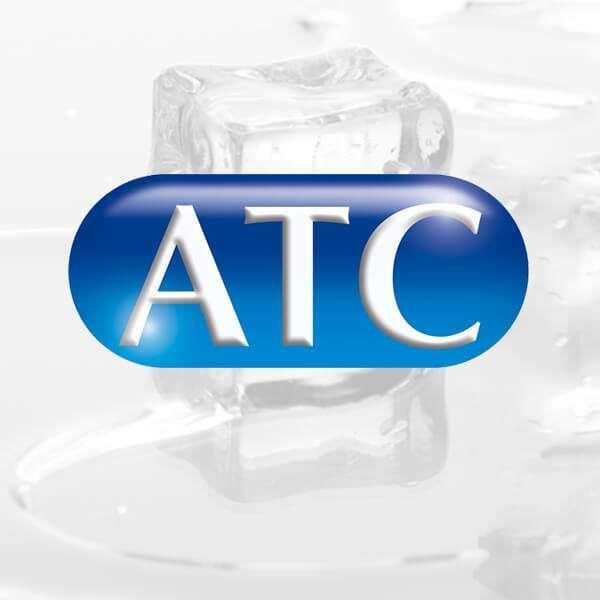
Particulate filters are used in process cooling equipment to
remove solid particles from heat transfer fluids. These filters work by
trapping particles that are larger than the size of the filter’s pores, which
can range in size from a few microns to several millimetres.
In process cooling equipment, particulate filters are
commonly used to remove debris, such as dirt or other solid contaminants, that
can accumulate in the system over time. This debris can cause damage to
equipment, reduce the efficiency of the process, and ultimately lead to system
failures.
Particulate filters can be installed at various points in
the system, such as the inlet or outlet of a primary cooling circuit, or in the
piping leading to and from the cooling equipment. The exact location and size
of the filter will depend on the specific requirements of the system and the
type and amount of particulate matter that needs to be removed.
The effectiveness of a particulate filter will depend on
several factors, including the size of the particles being removed, the flow
rate of the heat transfer fluid, and the efficiency of the filter media.
Regular maintenance and cleaning of the filters are also important to ensure
that they are functioning properly and not becoming clogged with debris.
Using a particulate filter in process cooling equipment can
provide several benefits, including:
Improved equipment performance:
- Removing
solid particles from heat transfer fluids can help to improve the performance
of equipment by reducing the build-up of debris in the system. This can help
prevent clogging of equipment and ensure that the system operates at optimal
efficiency.
Prolonged equipment lifespan:
- By
removing solid particles from heat transfer fluids, particulate filters can
help to reduce wear and tear on process cooling equipment. This can help
prolong the lifespan of the equipment and reduce the need for costly repairs or
replacements.
Reduced maintenance requirements:
- Regular
cleaning or replacement of particulate filters can help to reduce maintenance
requirements for process cooling equipment by preventing the build up of debris
in the system. This can help to save time and money on maintenance costs.
Improved water quality:
- Removing
solid particles from cooling water can help to improve the quality of the water
by reducing the amount of contaminants that can accumulate in the system. This
can help to prevent bacterial growth, fouling, and corrosion of the equipment.
Increased system efficiency:
- By
reducing the amount of solid particles in the heat transfer fluid, particulate
filters can help to improve the efficiency of equipment. This can help to
reduce energy consumption and operating costs associated with running the
system.
While using a particulate filter can provide several benefits, there are also some potential drawbacks to consider:
Increased pressure drop:
- Particulate
filters can increase the pressure drop across the system, which can reduce the
flow rate of the heat transfer fluid and reduce the efficiency of the system.
This can result in higher operating costs, and may require additional pumps or
equipment to compensate for pressure drop.
Filter clogging:
- Particulate
filters can become clogged with debris over time, which ca reduce their
effectiveness and require more frequent maintenance or replacement. This can
result in downtime for the equipment and additional maintenance costs.
Limited particle size removal:
- Particulate
filters are designed to remove solid particles above a certain size threshold,
which may not be effective for smaller particles or dissolved solids. This can
limit effectiveness of the filter in certain applications.
Additional equipment cost:
- Adding
a particulate filter to a system can require additional equipment and
installation costs, which may increase the overall cost of the system.
Maintenance requirements:
- Particulate
filters require regular maintenance and cleaning to ensure that they are
functioning properly. This can require additional time and resources to
maintain that equipment.
At Applied Thermal Control, a 10”10-micron filter in a plastic
housing is typically offered. This filter can be mounted in various ways, such
as directly to the chiller, on a plate, or left loose fort the customer to
mount based on their specific needs and preferences. This product configuration
provides flexibility and convenience for customers when integrating particulate
filtration into their process cooling equipment.
Sub-options available:
- 10" or 20" length (where 20" can provide lower pressure
drop through the filter where filter mesh size is the same).
- 1/2" or 3/4" port sizes.
- 0.2 micron particle filtration and for 5micron particle capture
- Mounting any of the above onto a wall-mount plate